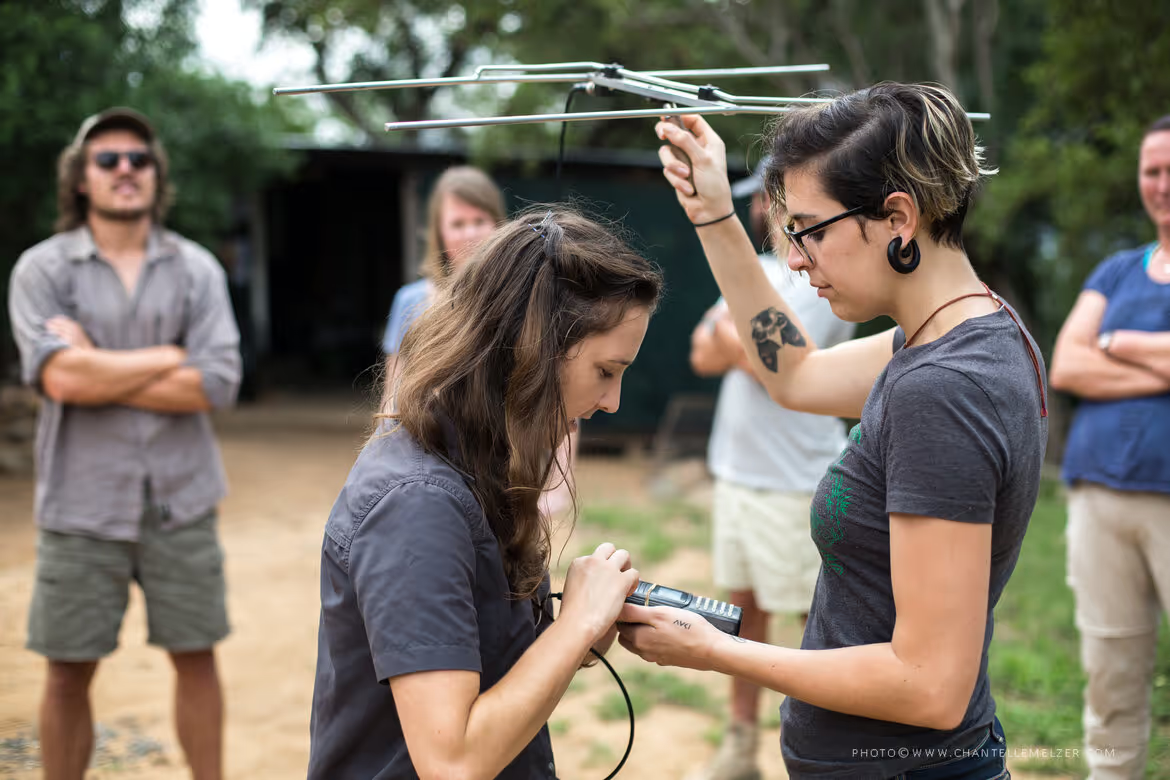In the intricate web of nature, every living creature plays a crucial role. From the smallest of insects to the mightiest predators, each species is a thread that connects the fabric of our ecosystems. Yet, the rapid expansion of human activities often threatens the balance of these ecosystems. To safeguard our planet's biodiversity and maintain healthy ecosystems, we turn to conservation corridors. These connected landscapes, linking protected areas, are not just pathways; they are lifelines for our natural world.

Conservation corridors serve as the vital arteries that allow species to move, interact, and thrive. They are the conduits through which genes are able to flow, enabling healthy populations and preventing human-wildlife conflict. In essence, these corridors are the lifelines of biodiversity. A healthy ecosystem is a resilient ecosystem.
Conservation corridors contribute significantly to the resilience of landscapes by promoting the growth of indigenous vegetation. This not only supports natural pollinators but also benefits nearby land uses like farming. As these corridors expand, they become robust carbon sinks, helping mitigate the effects of climate change by sequestering carbon and reducing emissions.

In the world of ecology, diversity is the key to stability. Conservation corridors link different landscapes, increasing the heterogeneity of our ecosystems. This, in turn, directly enhances the diversity of both flora and fauna. A more varied landscape can support a wider range of species, promoting ecological balance and preventing the dominance of a single species.
As human activities encroach upon natural habitats, conflicts between people and wildlife become increasingly common. Conservation corridors offer a solution by enabling species to move freely between protected areas. This reduces the likelihood of dangerous encounters and promotes peaceful coexistence.
While the benefits of conservation corridors are evident, their effectiveness hinges on formal protection. To ensure the continued success of these lifelines, governments and organisations must commit to their preservation. Formal protection entails legal safeguards, conservation efforts, and responsible land management.

Conservation corridors are not mere stretches of land; they are the lifeblood of our ecosystems. They enable the free movement of species, nurture biodiversity, reduce human-wildlife conflict and mitigate the impacts of climate change. By recognising the importance of formal protection, we can secure the future of these vital lifelines and, in doing so, preserve the unique and special species and habitats that form our cultural heritage and provide us with vital ecosystem services. In protecting these corridors, we are safeguarding our planet's natural heritage for generations to come.
Text by Wildlife ACT Priority Species Monitor, Tegan Goldschmidt
Further Reading:









